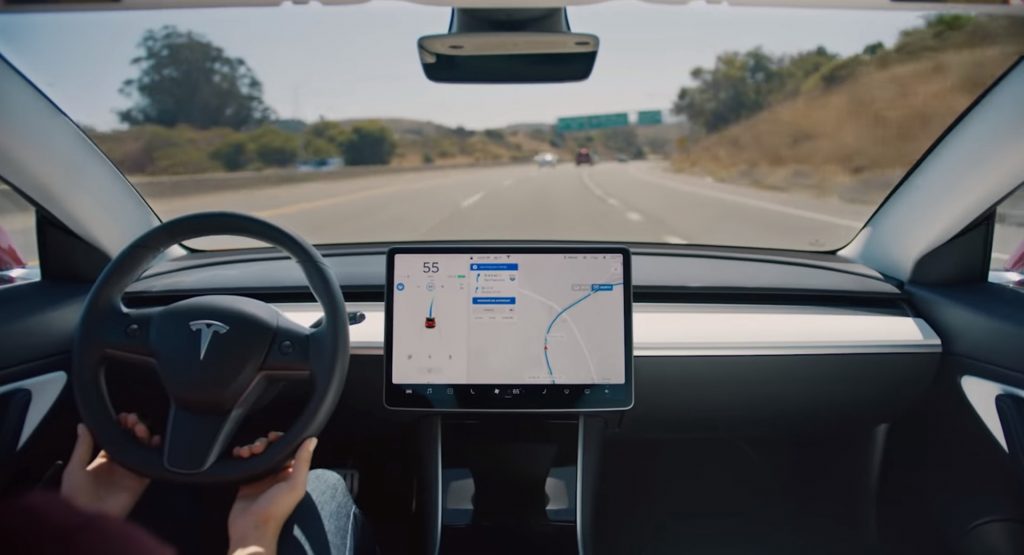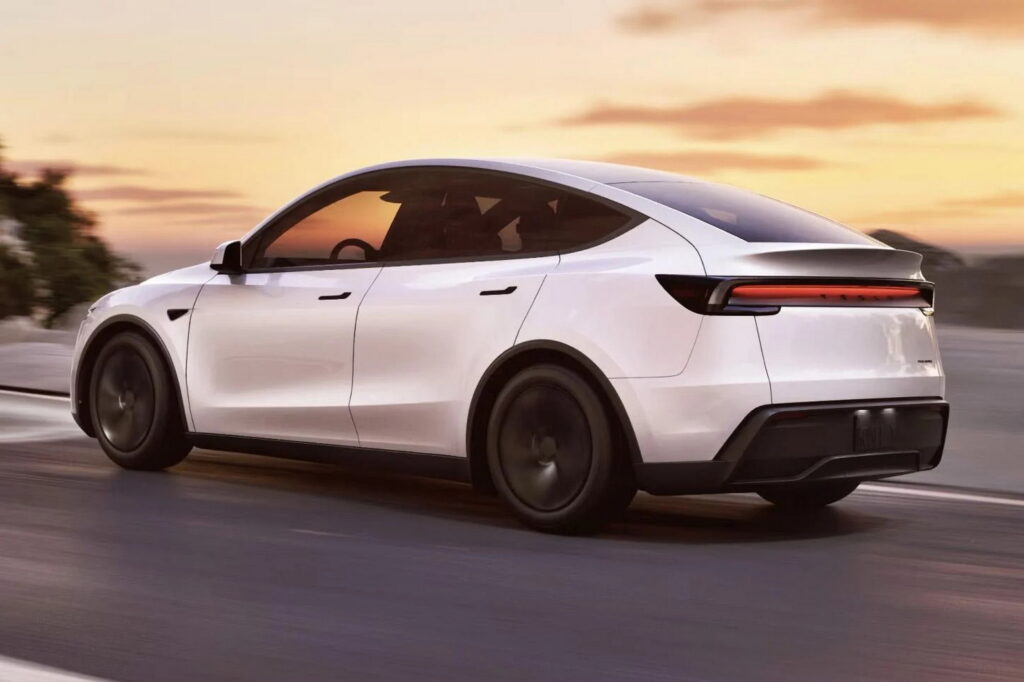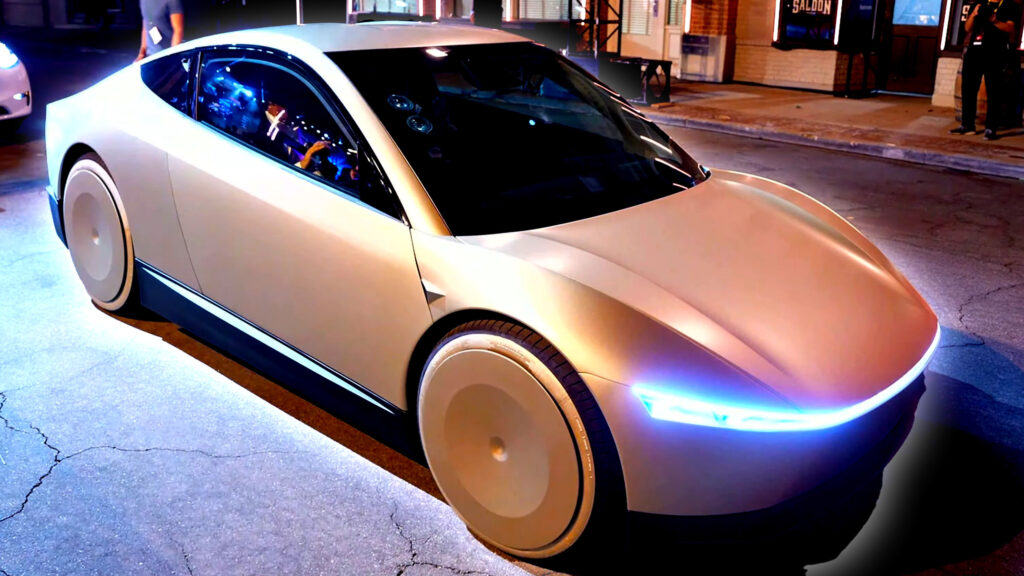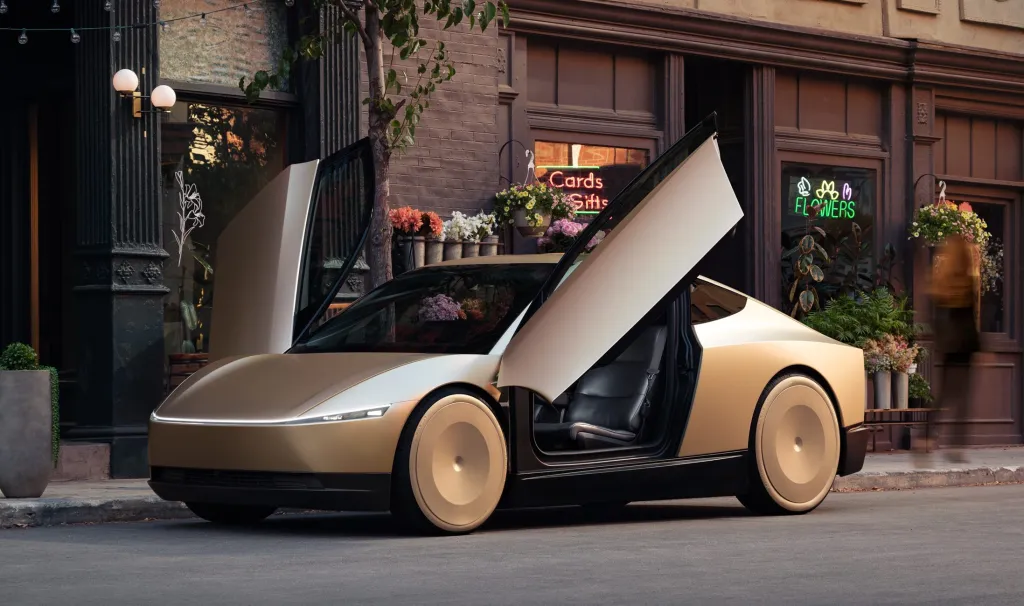Tesla’s Robotaxis Aren’t The Same As The Model Y You Can Buy

- Tesla’s Robotaxis are part of a program that modifies Model Ys for safety.
- The initial fleet uses only these modified crossovers that have extra features.
- That’s despite Musk claiming they are identical to the EVs the public can buy.
Tesla has officially entered the deep waters of robotaxi service but is doing so in its own, distinctive way. The service is very limited as of this writing; it comes with a silent Tesla employee in every front passenger seat and consists of Model Ys that were secretly modified. It’s not exactly what you might think at first, but it’s interesting nonetheless.
Elon Musk has several times mentioned that the Model Ys in Robotaxi service are the same ones that everyday folks can buy. According to a new report, that’s not exactly true, and before anyone asks, no, it doesn’t appear that the Robotaxis have a brake built into the front passenger handle. What they do have is another set of safety measures, though.
More: Tesla’s Robotaxi Was Caught Making A Turn It Immediately Regretted
According to Business Insider, Tesla has a program called Halo that modifies these cars. Every autonomous car gets self-cleaning cameras and additional protection for the cameras to keep them from getting damaged. In addition, they have not one but two telecommunications units built into the car, each providing detailed GPS data and allows Tesla’s remote operators to control the car if needed. That said, it’s worth noting that these modifications aren’t all that odd.
Tesla’s system relies so heavily on camera clarity that keeping lenses safe, clean, and in perfect working order is paramount. In addition, the standard Model Y already comes with a telecommunications unit, so in this case, Tesla is simply doubling up, likely to increase redundancy should one become non-operational.
That's a wrap! In the last 36 hours, I've taken a total of 20 @Tesla Robotaxi rides and traveled 92 miles. No interventions, no critical safety issues. All my rides were smooth and comfortable.
— Sawyer Merritt (@SawyerMerritt) June 24, 2025
Thank you, Tesla, for letting me be a part of this experience—and congrats to the… pic.twitter.com/VNpSUVMuz6
It’ll be interesting to see how the court of public opinion rules out on this one. Will it praise Musk for adding safety measures to the robotaxi program, or will it chastise him for not being 100 percent accurate when he said these cars were identical to the ones that the general public can buy?
Optics aside, does it really matter? What does is that people who take a ride in a Tesla Robotaxi can breathe a little easier knowing that the cars come with extra safety equipment built into them. And we wouldn’t be surprised if, at some point in the not-so-distant future, those features make it into Model Ys that we can actually purchase.
👀What an interesting interaction. A Waymo ended up in the wrong lane, and a Tesla Robotaxi handled it like a pro.
No headlines about this will likely be made by mainstream media, of course.pic.twitter.com/I1Qw2GsIFj— TESLARATI (@Teslarati) June 26, 2025










